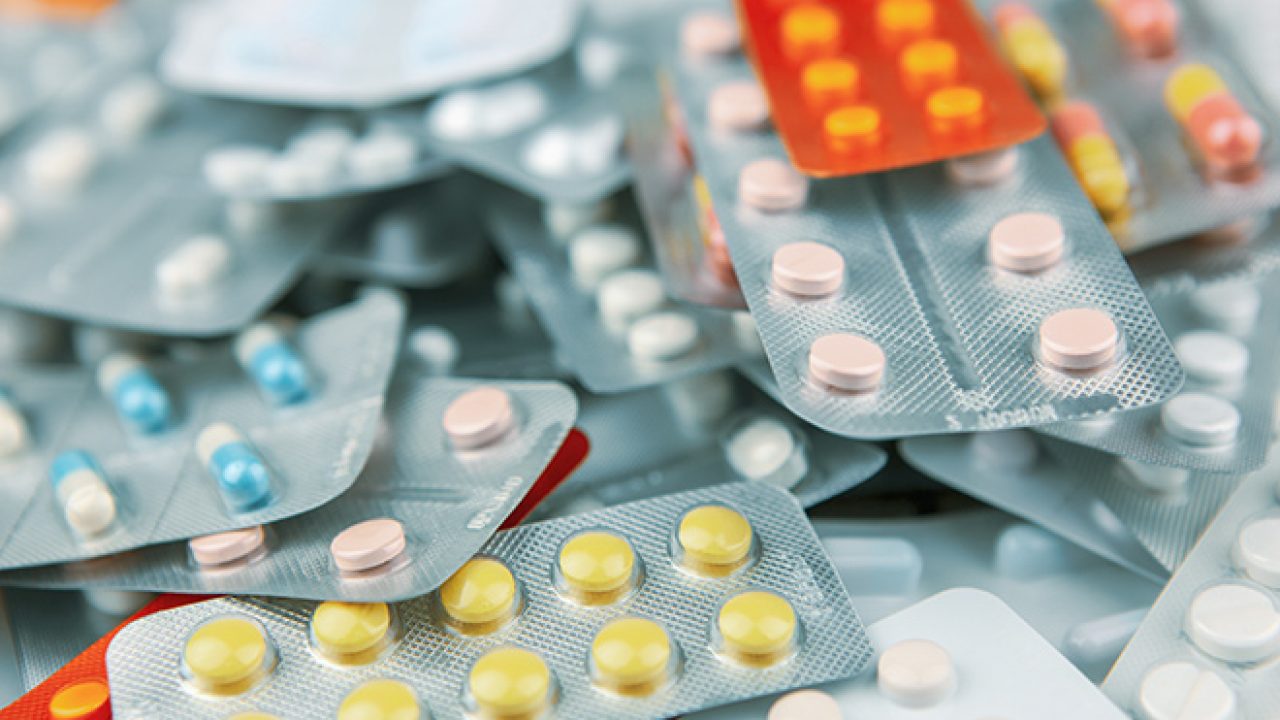One after the other different departments in the Government of India have been responding to Prime Minister Narendra Modi’s “Atmanirbhar Bharat call”, intended to free the country from import dependence in various key strategic sectors, especially in the wake of the Covid pandemic, as well as Chinese aggression on the borders.
One such area which connects both the Covid challenge and Chinese threat to our security is the pharmaceutical industry which ensures uninterrupted supply of drugs and medicines to vast populations. After months of exercise, the department of pharmaceuticals (DoP) under the ministry of chemicals and fertilizers has come up with initiatives to boost supply of making of important drugs and medical devices in the country.
As per the new policy guidelines issued on 27 July, the Centre plans to promote on a large-scale production of active pharma ingredients (API), Key Starting Materials (KSM) and Drug Intermediates (DI) in the next five years. Currently, India depends on China for around 68% of these imports. So is the case with medical devices, for which we depend on our Communist neighbour.
According to a reply furnished by Chemicals and Fertilizers Minister D.V. Sadananda Gowda in Parliament recently, we import APIs worth US$24 billion from China out of the total such imports of $35 billion. Our bulk drug industry is third largest in the world by volume and 14th largest by value, but hardly there are any margins due to our import dependency.
Representatives of the bulk drug industry from Hyderabad, whom I spoke to, revealed that Chinese imports are competitively priced. Importing an API from China is cheaper than producing it here or importing from any other country. Hyderabad, with around 2,000 big and small pharma companies, touted as the bulk drugs hub of India, cannot do without Chinese imports, a sad reality. The 27 July notification lists a total 53 APIs for producing them in the country, including items like Vitamin B, Penicillin-G, Streptomycin, etc; So is the case with the medical devices sector–which too heavily depends on imports from China. Interestingly, some imports from Hong Kong and South Korea, too, are linked to their main producers from China.
Understandably, India wants to reduce imports of both pharmaceuticals and medical devices from China, in view of growing border tensions with it. The latest notification from the Centre proposes at least four pharma parks in the country with a financial outlay of Rs 100 crore to each. Modalities have been announced for developing these parks in different states, in the next five years. That sounds ambitious, but the present state of the already existing pharma parks or cities in different states points to a grim reality of their not-so encouraging situation and suboptimal performance. There are parks earmarked for the pharma sector and medical devices, but our state governments are not in a position to utilise their full potential, largely because of poor infrastructure facilities.
For example, the Andhra Pradesh MedTech Zone (AMTZ) in Visakhapatnam has done a wonderful job during this Covid crisis by producing sufficient numbers of PPE (Personal Protection Equipment) suits, test kits, ventilators, masks etc. Launched in 2018, this AMTZ is still mired in some logistical and administrative problems; the firms want an urgent action from the government to solve their problems. Hyderabad in Telangana, too, has acquired huge tracts of land, around 6,800 acres on the south of the city for a Pharma City and plans to acquire another 8,000 acres too, but the project is still a toddler, as many teething problems like allotment of plots, power and water and road connectivity remain unsolved. Still, this park cannot function without Chinese imports. To avoid that, a lot needs to be done. For example, a strip of Limcee tablets (15) (of a leading Indian company) was priced at Rs 15 before the lockdown; now that Chinese imports are curbed, it went up to Rs 75. To keep the price under check, we need to see that the pharma parks are given cheap power, water and other subsidies. These are in the purview of the states. Karnataka is in the works to develop a Pharma Park at Yadgir, spread over 500 acres and plans to have another one at Raichur soon. Bangalore’s private sector giant, Biocon Limited, India’s biggest biopharmaceutical company can mentor this park. The Tamil Nadu government has earmarked Rs 770 crore for a Pharma park on 650 acres at Thiruvannamalai. Kerala has been struggling to develop a Pharma park for the last three years. But, mere launching of these projects is not enough, we should make them efficient to meet the challenge of beating China. All these zones/parks/cities are suffering from one or the other bottlenecks which need urgent solutions. States shall play a bigger role to realise the Centre’s goal of making India self-reliant on pharmaceuticals and medical devices sectors. Here the action should flow from the bottom.

